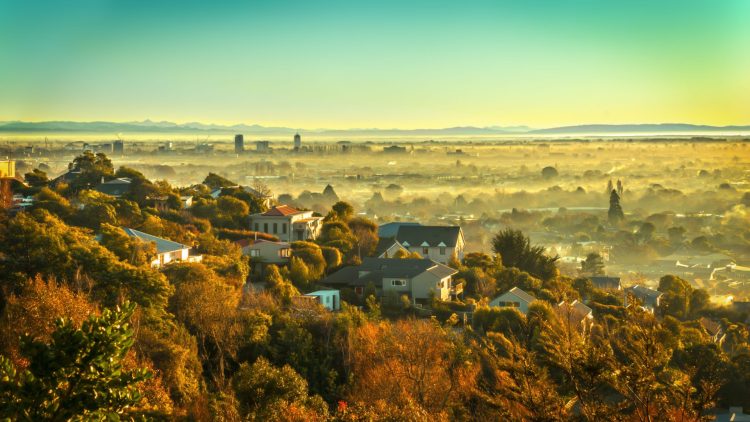Christchurch sẽ chào đón các nhà khoa học, quan chức và lãnh đạo từ khắp nơi trên thế giới vào năm 2025 cho một hội nghị lớn về biến đổi khí hậu. Hội nghị tương lai thích ứng của Liên hợp quốc, được tổ chức hai năm một lần, được tổ chức vào tháng 10 năm 2025 tại Trung tâm Hội nghị Te Pae của Christchurch. Dự kiến sẽ có khoảng 1.500 người tham dự.
Thị trưởng Christchurch Phil Mauger ghi nhận kinh nghiệm của thành phố trong việc thích nghi, đặc biệt là sau khi hồi phục sau động đất. Sự kiện sẽ tập trung vào việc chuẩn bị cho các tác động của biến đổi khí hậu như lũ lụt, cháy rừng và mực nước biển dâng.
Để giảm tác động carbon của hội nghị, sẽ có các trung tâm địa phương ở Thái Bình Dương, Châu Phi và Nam Mỹ. Mọi người cũng có thể tham gia trực tuyến. Đại học Canterbury, cùng với các nhóm địa phương Ngāi Tūāhuriri và Ngāi Tahu, sẽ tổ chức sự kiện này.
Lisa Tumahai, chủ tịch của Te Rūnanga o Ngāi Tahu, nhấn mạnh tầm quan trọng của việc đưa tiếng nói của người bản địa vào các cuộc thảo luận về khí hậu. Hội nghị sẽ nhấn mạnh vai trò của kiến thức Māori bên cạnh khoa học phương Tây.
Bronwyn Hayward, một nhà nghiên cứu tại Đại học Canterbury, nhấn mạnh tầm quan trọng của sự kiện này đối với New Zealand và khuyến khích sự tham gia của cộng đồng. Bất chấp những thách thức của biến đổi khí hậu, Hayward thấy những cuộc họp này nâng cao tinh thần do những ý tưởng sáng tạo được trình bày.
Để giảm tác động môi trường của sự kiện, các nhà tổ chức lên kế hoạch tiếp cận carbon thấp với các trung tâm khu vực và tham gia trực tuyến để giảm
lượng khí thải đi lại.


















































-360x245.jpg)









